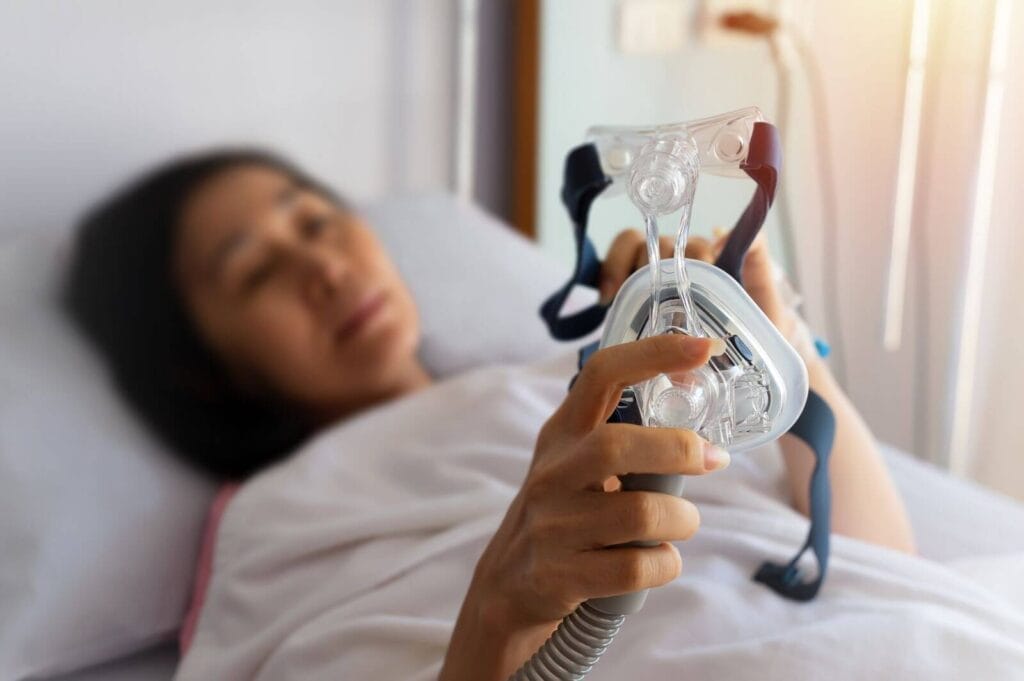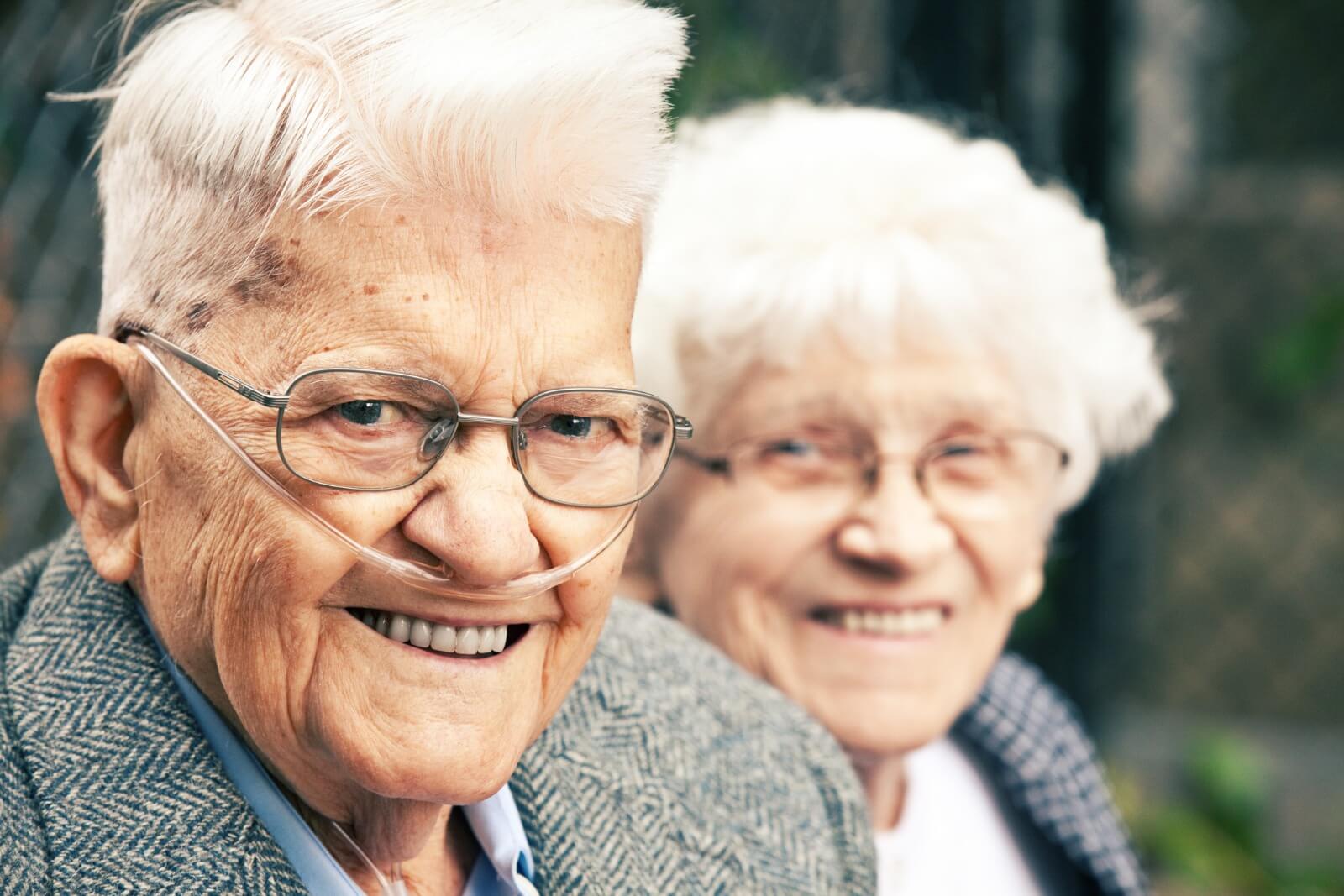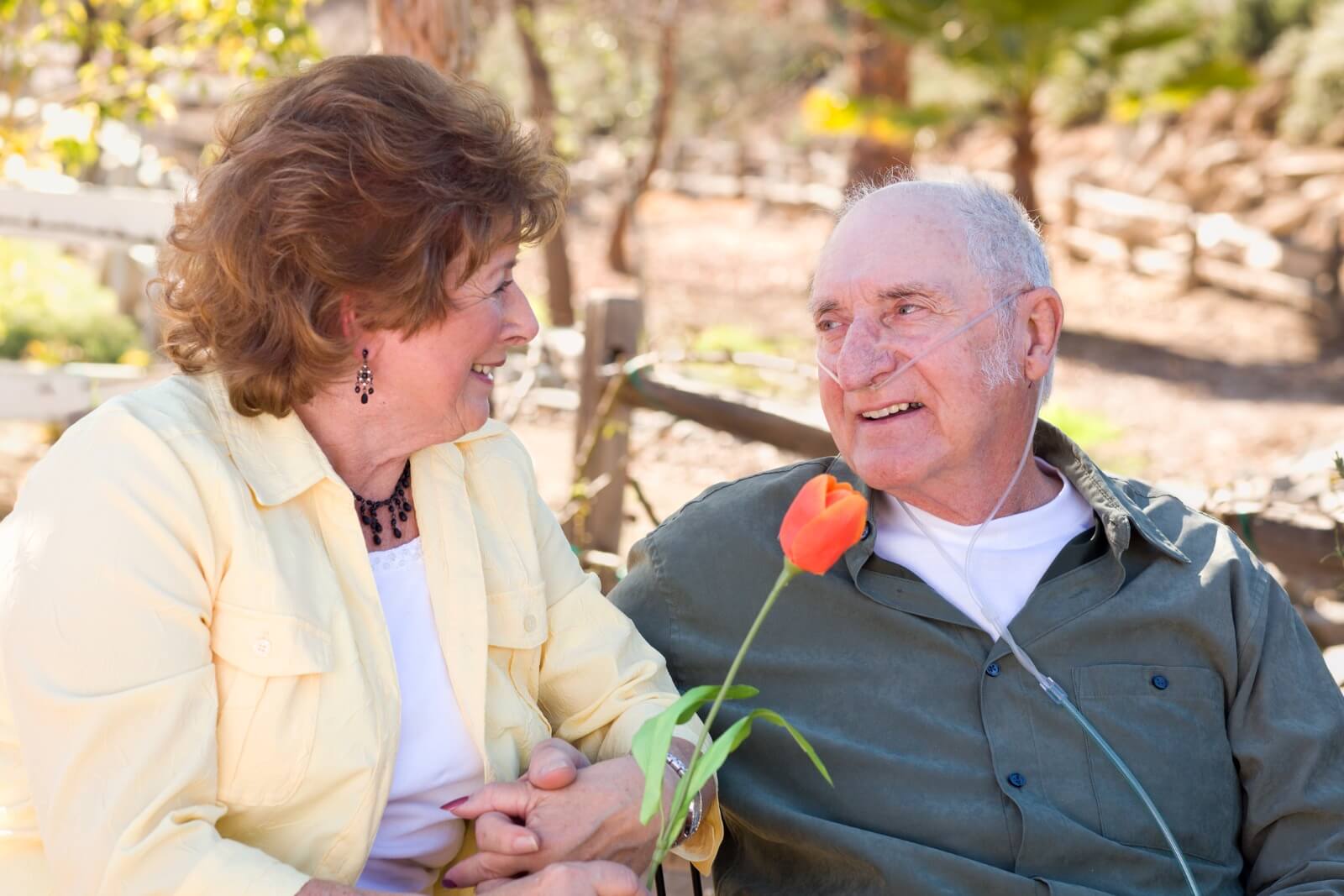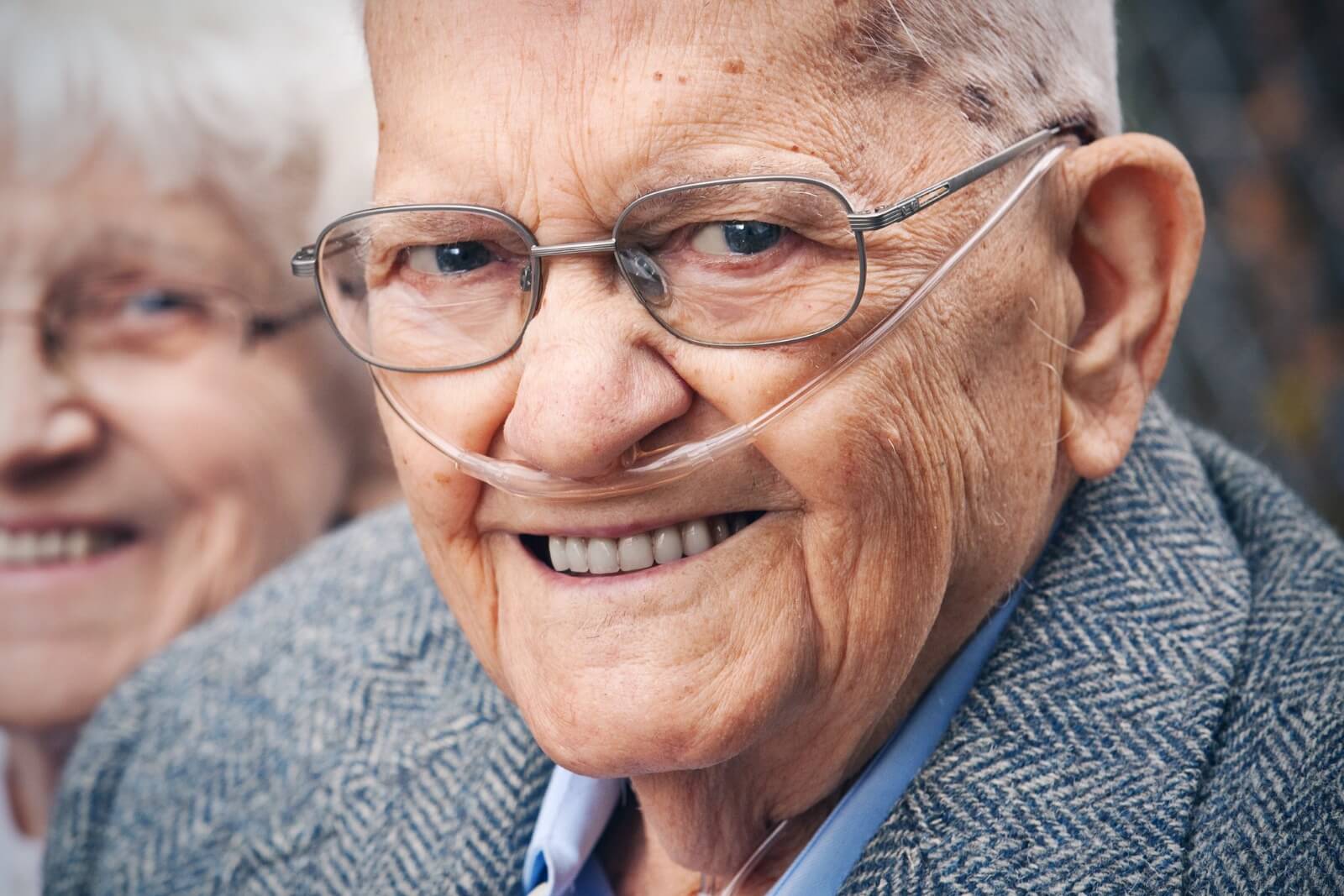
Sleep apnea can affect people at any point in life but becomes more prevalent as you age. A recent study estimates that 24% to 42% of older adults have sleep apnea. It is characterized by snoring, increased sleepiness during the day, and even changes in how we think and process information. Receiving a diagnosis of sleep apnea is the first step, but the larger goal is to treat the condition. Untreated sleep apnea can contribute to and worsen other chronic health conditions. There are several treatment options for sleep apnea, and understanding the different options can help you or your loved one get back to a restful night’s sleep.
What is the most commonly used treatment for sleep apnea?
Sleep apnea is not a new condition, but the development of effective treatments has been around for only the last 40 years. In 1981, positive airway pressure (PAP) machines became the most common treatment for sleep apnea. PAP machines have evolved significantly since then but continue to be the primary treatment method for sleep apnea, especially in older adults. There are three main types of PAP machines: CPAP, APAP, and BiPAP. All use positive airway pressure to blow air into your mouth and/or nose to help maintain your airway and breathing ability while sleeping.
Which machine is right for you will be determined based on your sleep study results and other related medical conditions. According to a study observing patients using PAP machines, 50% of users use APAP, 41% use CPAP, and only 9% use BiPAP. Below, we will further discuss the different machine types and why one may be used over the other.
CPAP
A continuous positive airway pressure (CPAP) machine pushes air into your airway at a constant pressure and rate. The constant or set pressure keeps your airway open while you sleep. The setting you need to prevent obstruction or apneic events is predetermined and does not change with a CPAP. This machine may be used for someone with more predictable breathing patterns and a less severe form of sleep apnea. Correct use of a CPAP machine can help you achieve a 73% reduction in your apnea-hypopnea index (AHI).
APAP
Auto-adjusting positive airway pressure (APAP) machines work similarly to CPAP machines, except they automatically adjust the amount of air or pressure based on how much obstruction occurs in your airway. For example, if the machine detects you are not getting enough air or breathing too shallowly (hypopnea), it will increase the amount of pressure and airflow. If the machine detects an obstruction, such as your airway closing due to the position your tongue is in or from lying on your back, it will also increase pressure to maintain an open airway. This machine is used most often because the settings can be customized and adjusted to reduce the number of apneic episodes while sleeping.
BiPAP
Bilevel positive airway pressure (BiPAP) machines are used less often as they treat a more complicated form of sleep apnea and are also more expensive. People who need BiPAP usually have obstructive sleep apnea and another condition called central sleep apnea (CSA), during which the brain does not properly signal to the body to take a breath. A BiPAP machine provides pressure to your airway when you breathe in and a different amount of pressure when you breathe out. This helps maintain your airway and breathing even if your body does not take a breath on its own. BiPAP is a mild form of ventilation, providing more breathing support than CPAP or APAP machines.
How does a PAP machine work?
These machines all use similar parts and may even look the same if placed next to each other. All PAP machines have an internal motor that blows air and creates pressure, but depending on the specific model, it will have different settings and functionality.
The parts included with a PAP machine can include:
- A mask or other device that covers only your nose or both your mouth and your nose.
- Straps attached to the mask or device to keep it on your face that you can adjust to get an adequate seal.
- Tubing to attach the mask or device to the machine.
- A humidifier attachment.
A respiratory therapist (a medical provider specializing in breathing and airways) or a doctor will prescribe settings for your PAP machine based on the results from your sleep study. The settings for your PAP machine will most often be programmed before delivery. When you receive your PAP machine, someone will show you how to use and clean it and instruct you on when and how to order replacement parts. Following all instructions is crucial to maintain your machine and ensure you are using it correctly.
Getting used to your PAP machine can take some time. If you are having trouble using it or getting a good fit or seal on your mask or device, make sure to reach out to your provider for help. You will need to use your PAP machine every time you sleep and even take it with you when you travel.
Additional treatment options for sleep apnea in older adults
Your provider may recommend other treatment options depending on the severity of your sleep apnea and how you respond to the more common treatments, such as PAP machines. The following treatment options may be used instead of a PAP machine:
- Oral devices: These appliances are worn in the mouth, usually held in place by the teeth. They are designed to prevent your jaw from moving back and blocking your airway or to keep your tongue from falling back and obstructing your throat.
- Surgical implant: This FDA-approved device uses small transmitters placed in your mouth and upper chest. The transmitter stimulates your nerves to help keep your airway open while you are asleep.
- Orofacial therapy: This targeted therapy works on facial and oral muscles. It is more effective for children and younger adults. It can improve facial muscle control and position the tongue to prevent it from obstructing breathing when you are asleep.
- Surgery: This can be an option if your sleep apnea stems from a specific issue. Some people can have their tonsils, adenoids, or other tissues removed to reduce sleep apnea.
Final thoughts on sleep apnea treatment
Sleep apnea in older adults presents additional risks that can be significantly lowered by adhering to treatment. It is important to follow all instructions from your provider regarding your sleep apnea treatment plan. If this includes using a PAP machine, remember to use it correctly every time you sleep. Never hesitate to contact your provider if you need help using your machine or are unhappy with how it fits.








